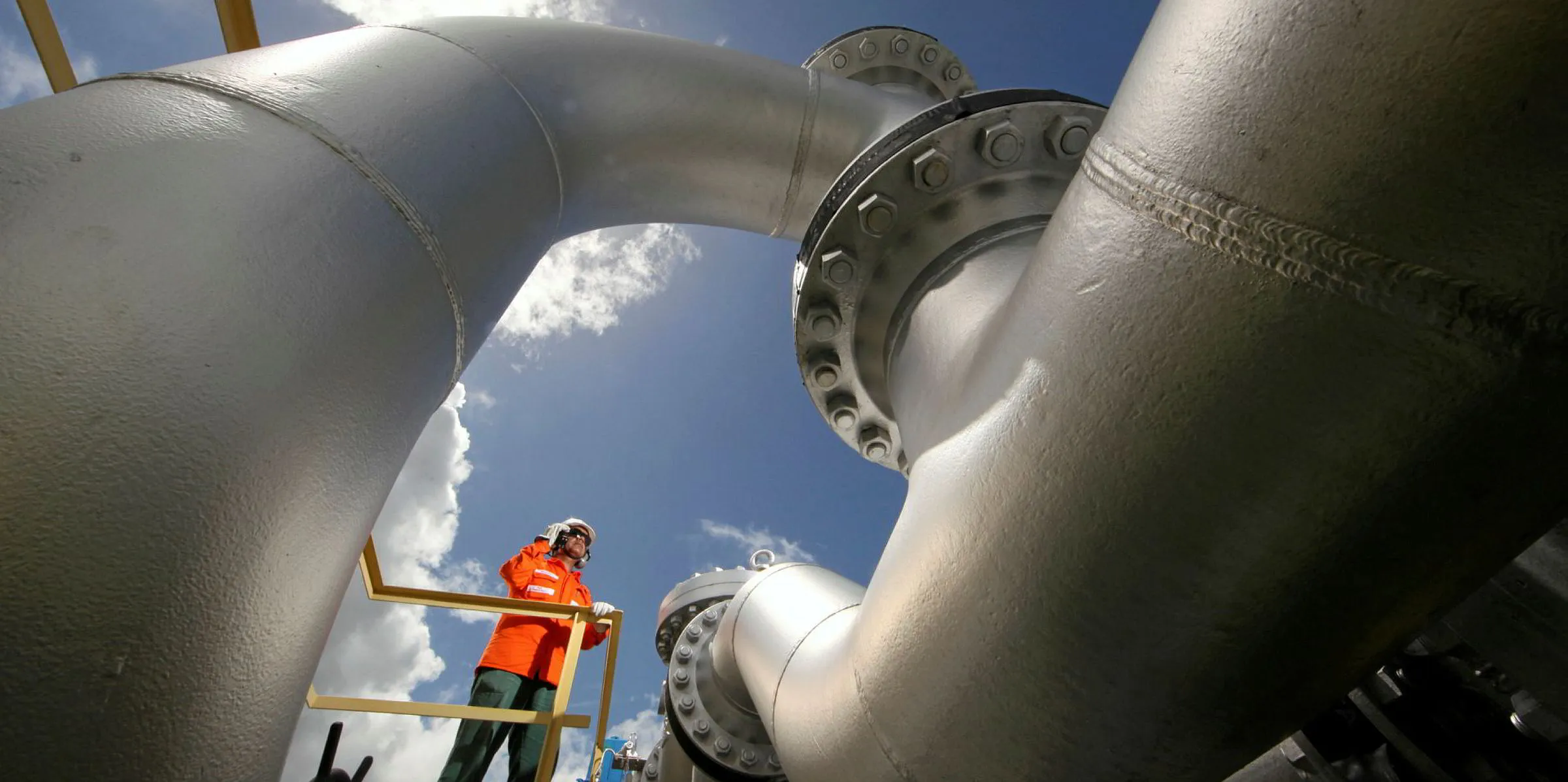(Opinion) In 2022, Brazil fell significantly short in using its natural gas processing capacity.
Despite having the capability to process 101.8 million cubic meters of gas per day, the country managed only 53.6 million.
Shockingly, this means just 53% of the total capacity was used.
Gas, like oil, needs refining. It gets turned into usable forms like liquefied natural gas or vehicular natural gas.
But here’s the rub: four facilities had up to 95% idle rates. Most were under Petrobras’ management. Meanwhile, two units didn’t process any gas, marking 100% underuse.
Moreover, Brazil’s two largest units also underperformed, with idle rates of 78% and 66%. These alarming figures beg the question: why import more gas?

Yet, that’s exactly what happened. Brazil’s gas imports increased by 5.5% last year. The country spent $15.4 million on 9 billion cubic meters of gas, mostly from Bolivia.
Adding to the complexity, almost half of the domestically produced gas is re-injected into oil wells. This is to boost oil production.
This strategy has led to conflicts between Petrobras and the Ministry of Mines and Energy (MME).
On a brighter note, Brazil saw its 13th consecutive year of natural gas production growth. However, 2.5% was wasted by burning it off, and 49.6% was re-injected into oil wells.
In conclusion, Brazil faces a glaring paradox. The country has ample natural gas processing capacity and increasing production levels.
But instead of maximizing this potential, Brazil is stuck in a cycle of underuse and unnecessary imports.
It’s a missed opportunity, not only for the energy sector but for the nation’s economy as a whole.

